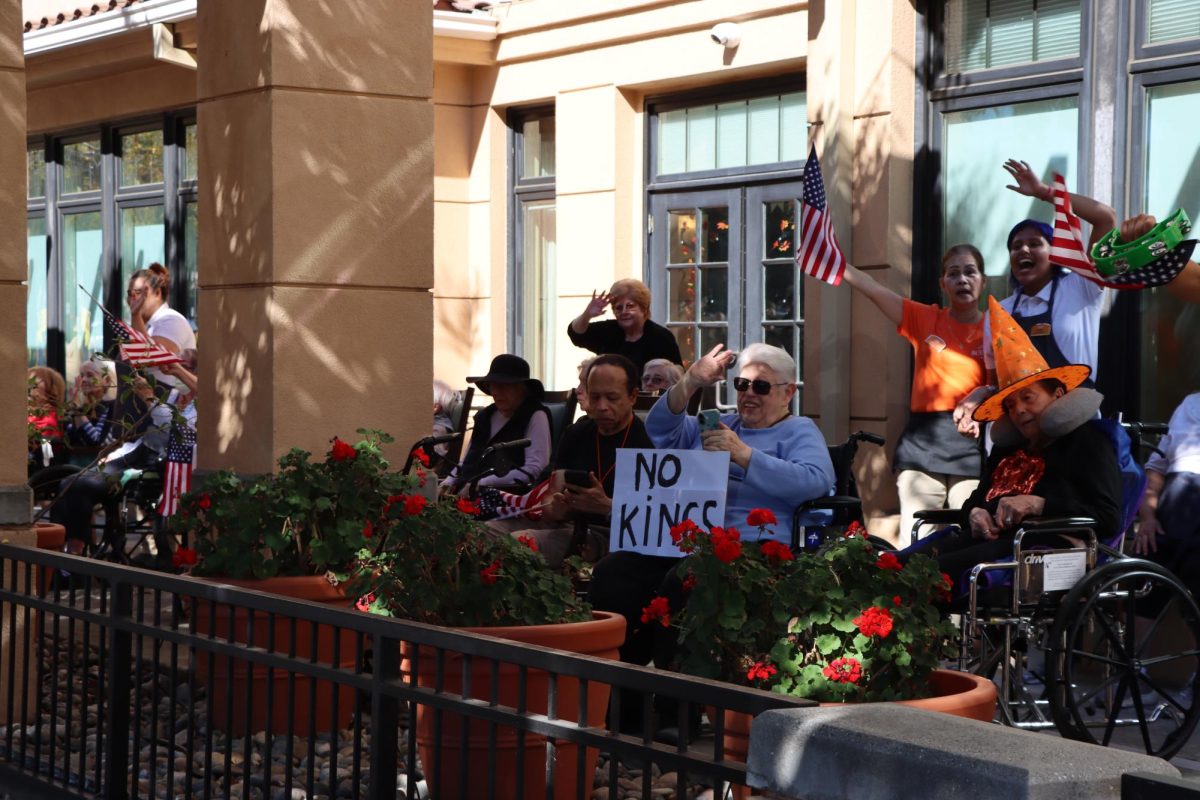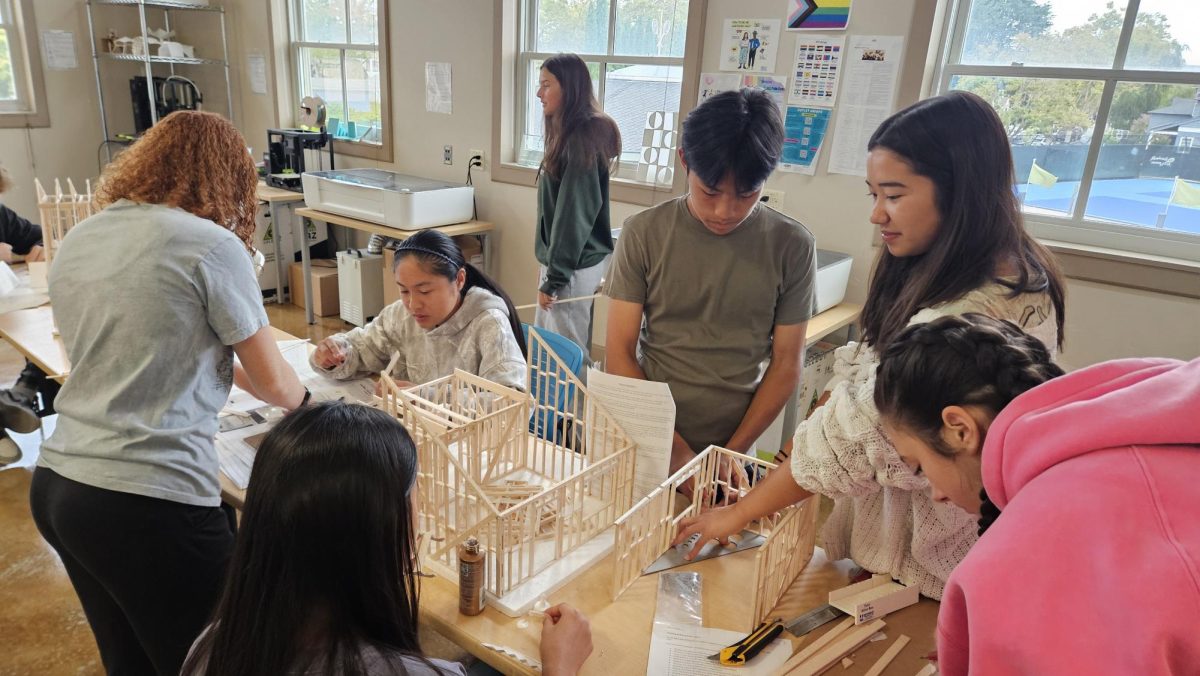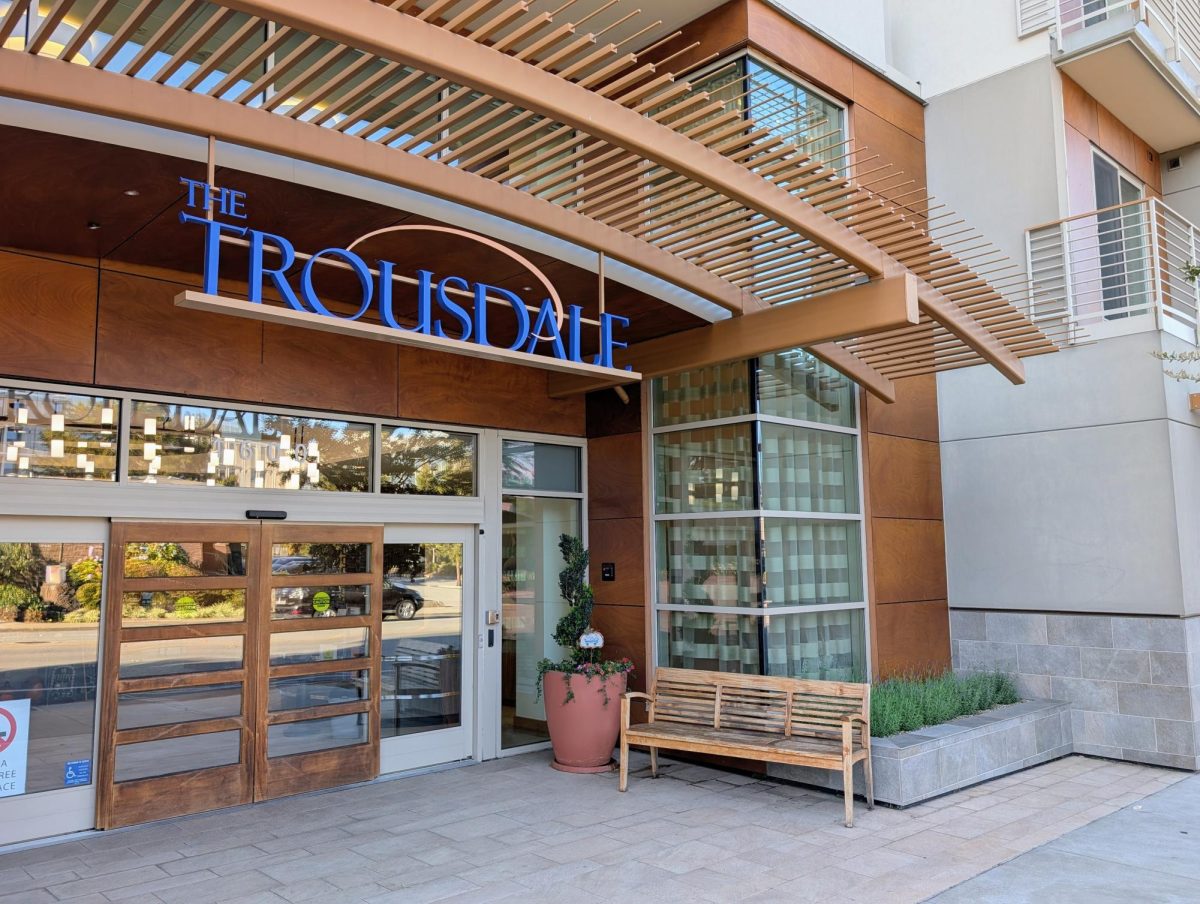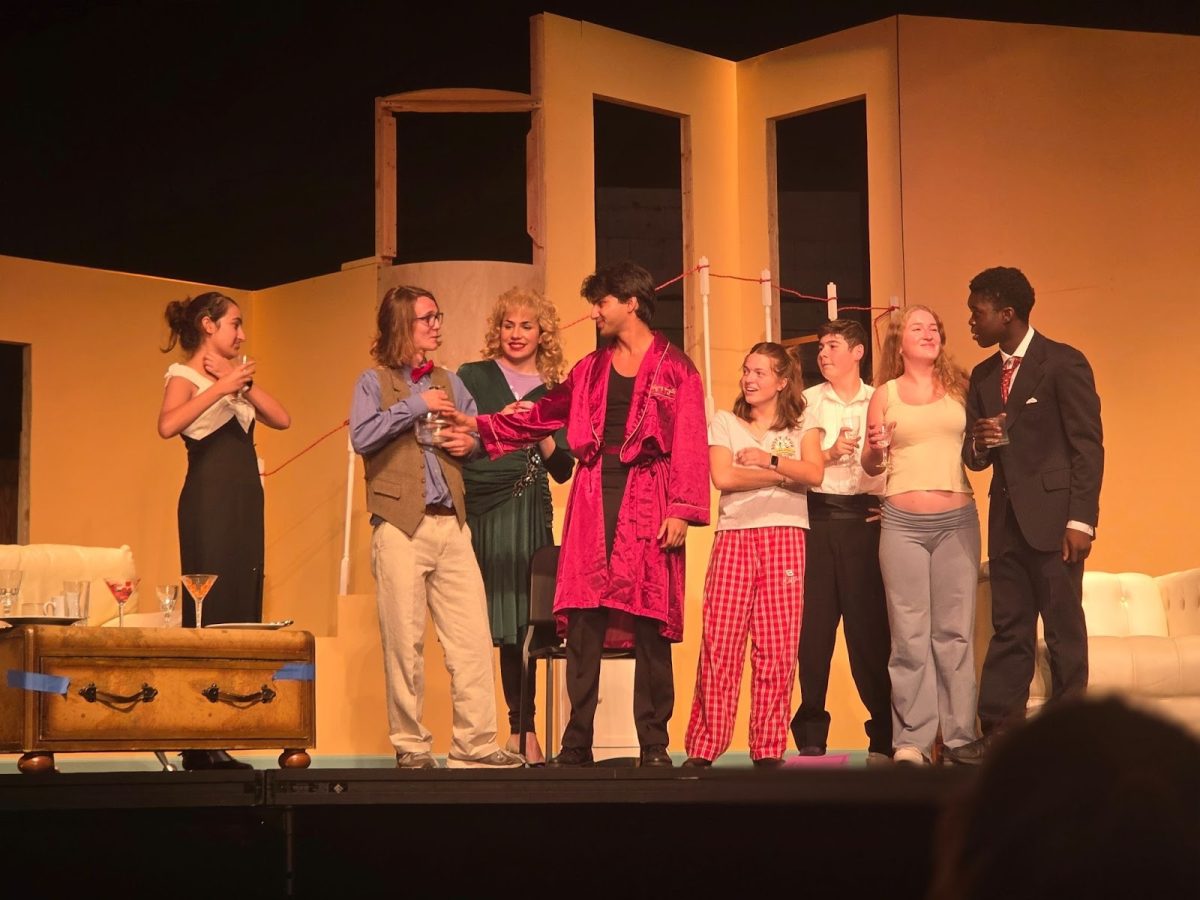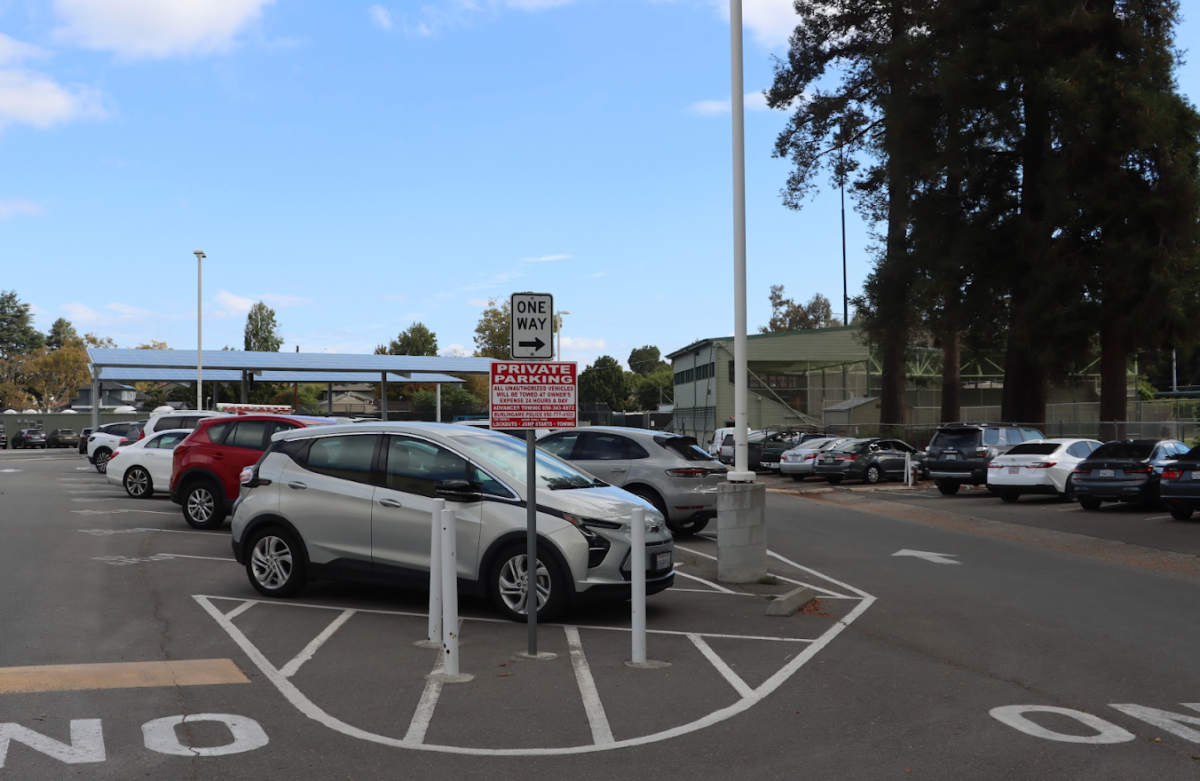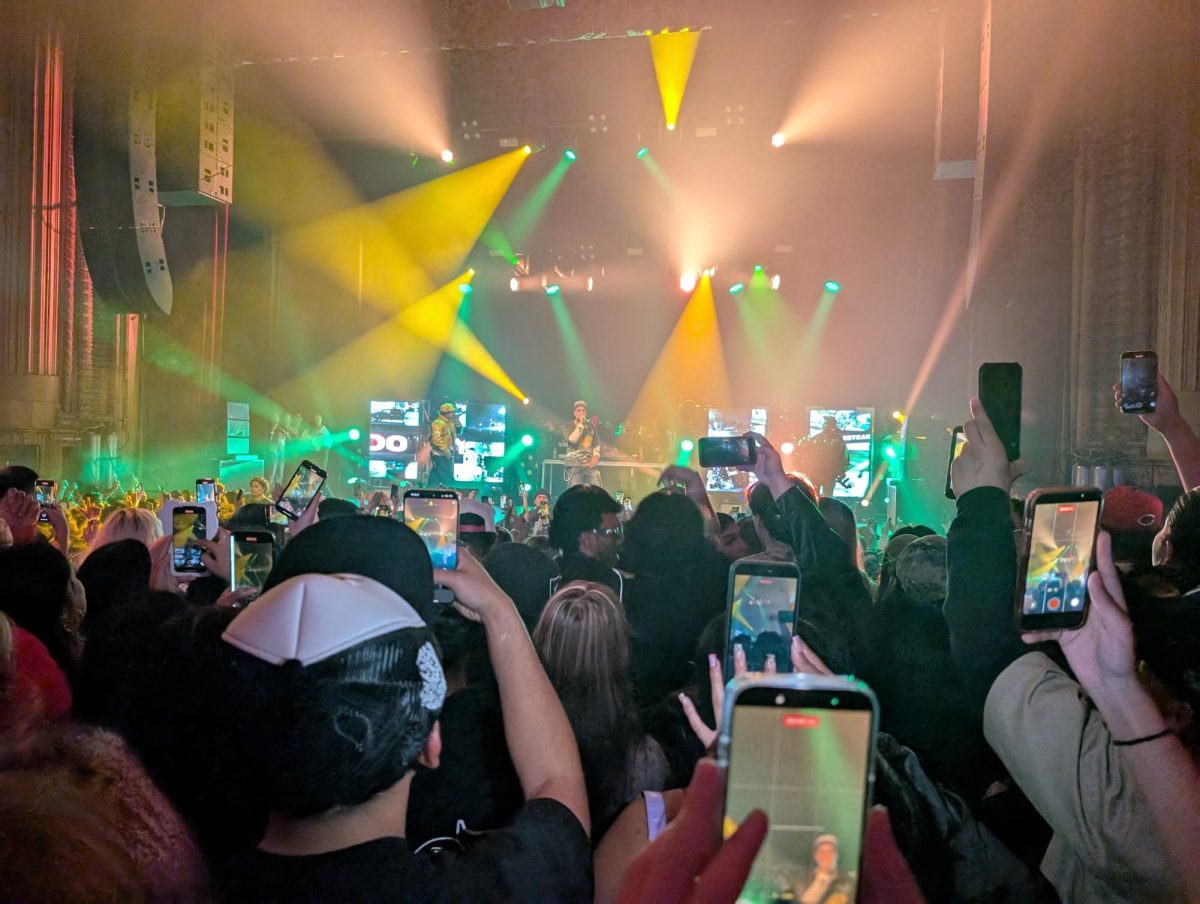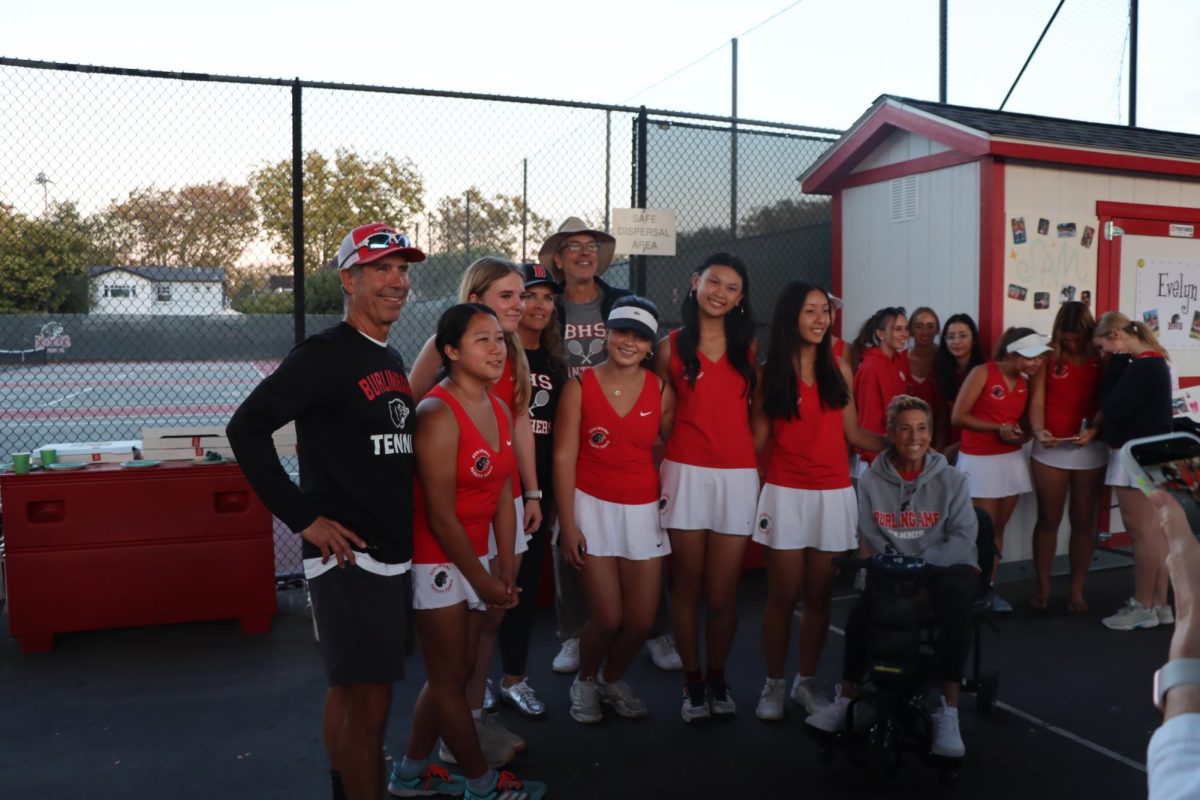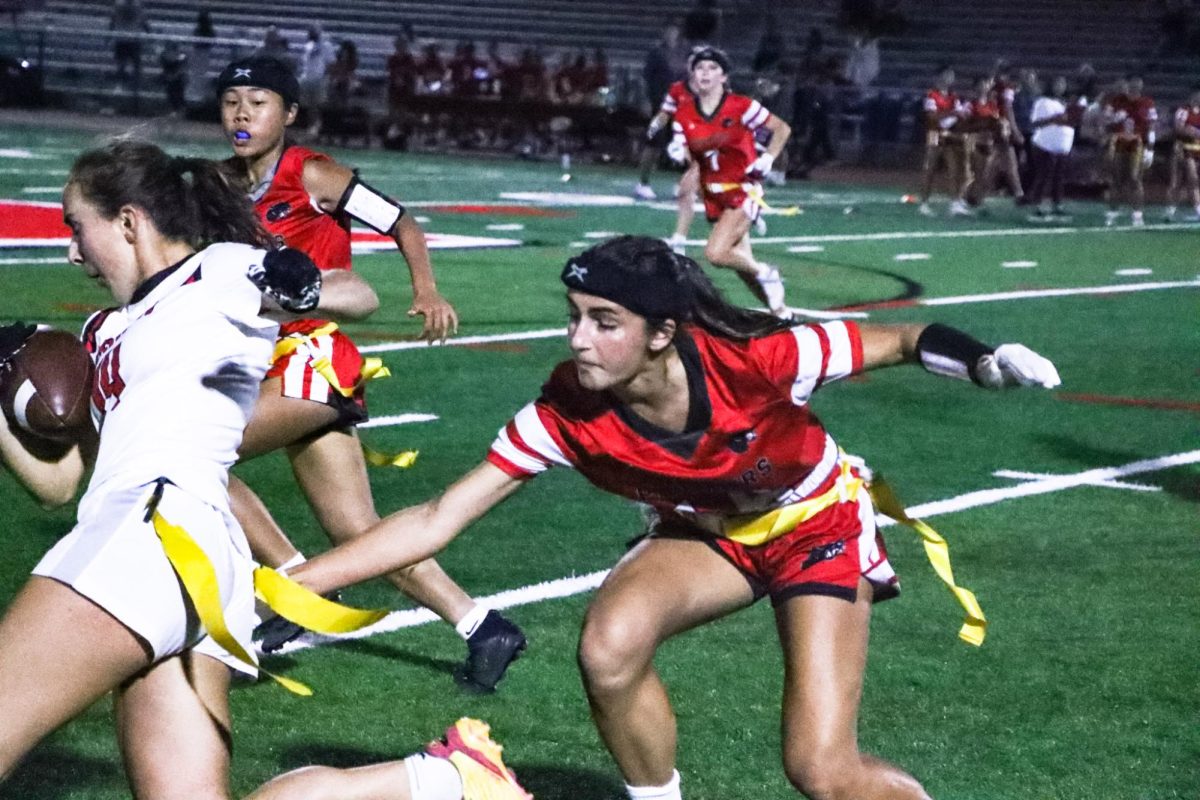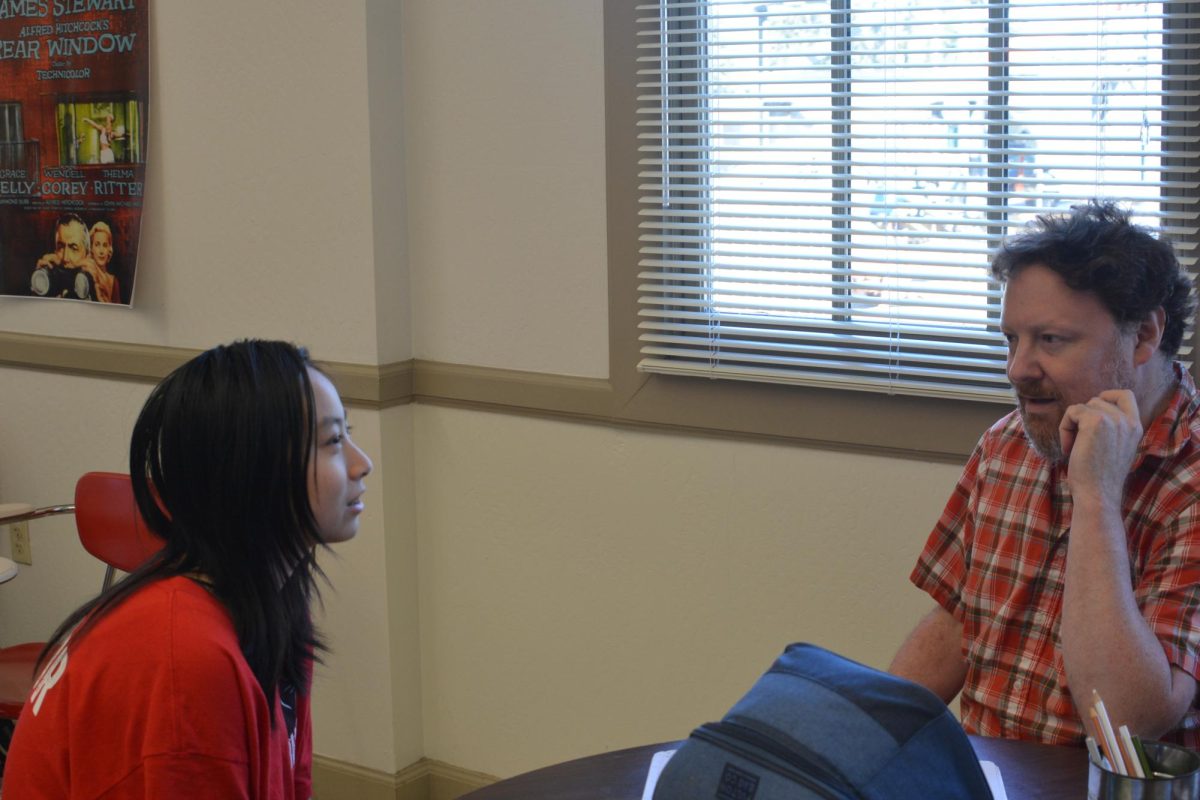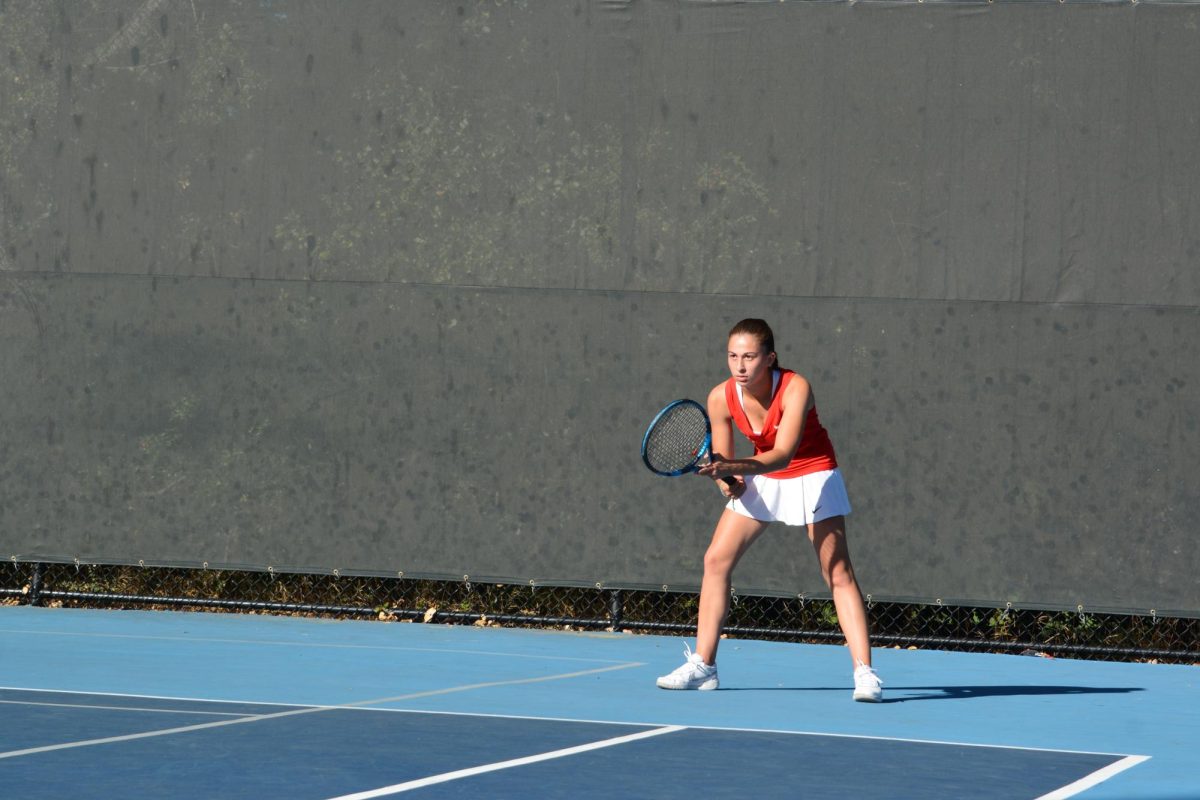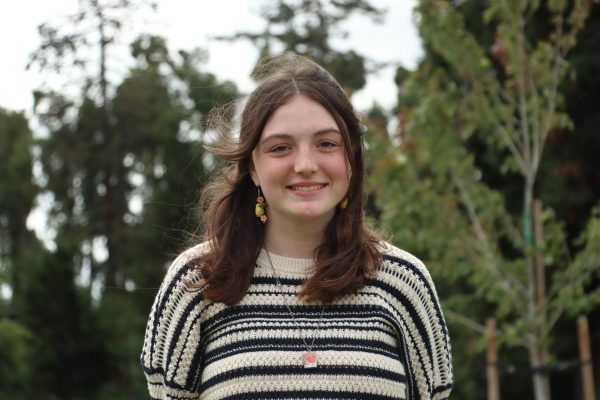Take a look inside A102 and you’ll find students writing something different than standard English essays. This August, English 3 and Advanced Placement English Language teacher Shane Karshan introduced a new elective: creative writing. The elective, available to upperclassmen, takes place during the fall semester and provides students the opportunity to engage in a variety of writing activities, including developing characters, flash fiction, poetry, and more.
Writing runs in Karshan’s blood. He was raised in a household centered around creativity, as his father was a published fine arts author. He became a role model, which Karshan said contributed to his lifelong love for creative writing.
“Growing up, I was fascinated with writing, kind of because he was, and creativity, because he wrote about art, and we had art in the house,” Karshan said.
However, his passion for writing wasn’t the only driving factor to start the class: with the growing presence of Artificial Intelligence (AI), Karshan aims to preserve students’ voices with writing.
“I’ve always been interested in [starting a creative writing class], but I think with the kind of onset of AI, to me that makes me want to teach a class like this more,” Karshan said. “I would love to give students the opportunity to write creatively, so hopefully they will see just how exciting it is to have your own voice, and to be able to be a human, because AI is just a compilation, right?”
Creative writing student junior TJ Serefiddin said that they’re not worried about AI posing a huge threat to creative writing.
“I feel like AI specifically, while [it’s] an issue definitely for more specific academic writing, it’s not as much of an issue for creative writing, since AI doesn’t understand creativity whatsoever, and also it’s feeding into itself,” Serefiddin said.
Creative writing student senior Jazmin Jajeh has been interested in creative writing since second grade.
“I just really like writing and having a whole class period will be really cool, just to write,” Jajeh said.
Each class begins with a warm-up, ranging from creating Olympic sports to brainstorming a list of things they would never do. Students then engage in both independent and collaborative activities, as well as read fictional pieces. For instance, the first assignment of the year was to write a flash fiction story, where students had to produce a short story based on a chosen prompt.
After finishing a story, students check in with their assigned writing groups, where they receive feedback from their peers. Then, Karshan holds one-on-one meetings to debrief students’ pieces.
Karshan hopes the class will benefit students’ academic writing in other subjects and allow them to establish or build on a passion for creative writing.
“I hope students either reconnect with a love of writing that might have dissipated as they got older, or established more of a connection with writing, because to me, it’s empowering to look at writing as an opportunity as opposed to a burden,” Karshan said.

